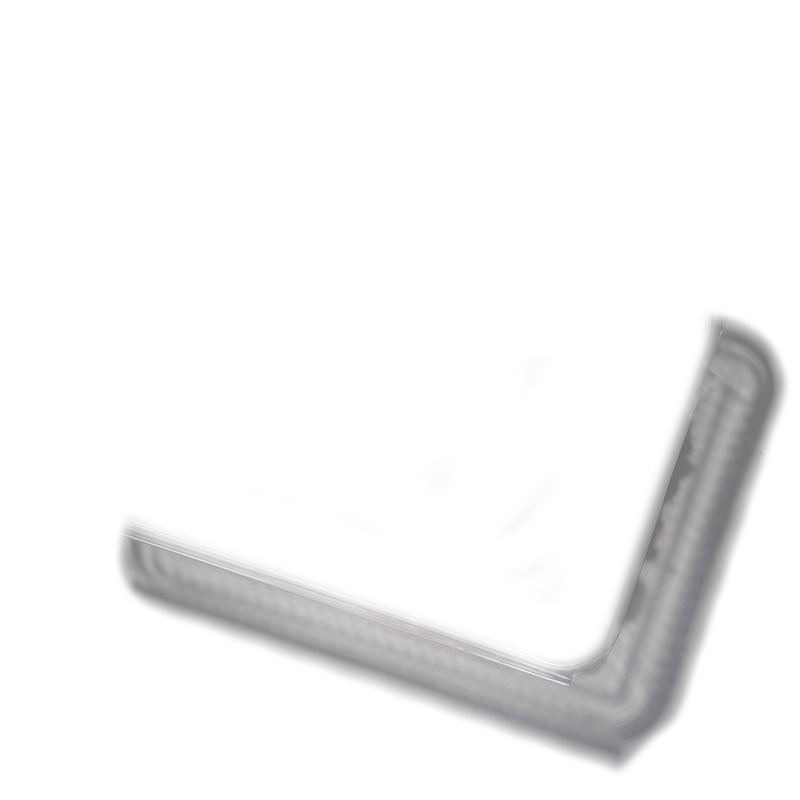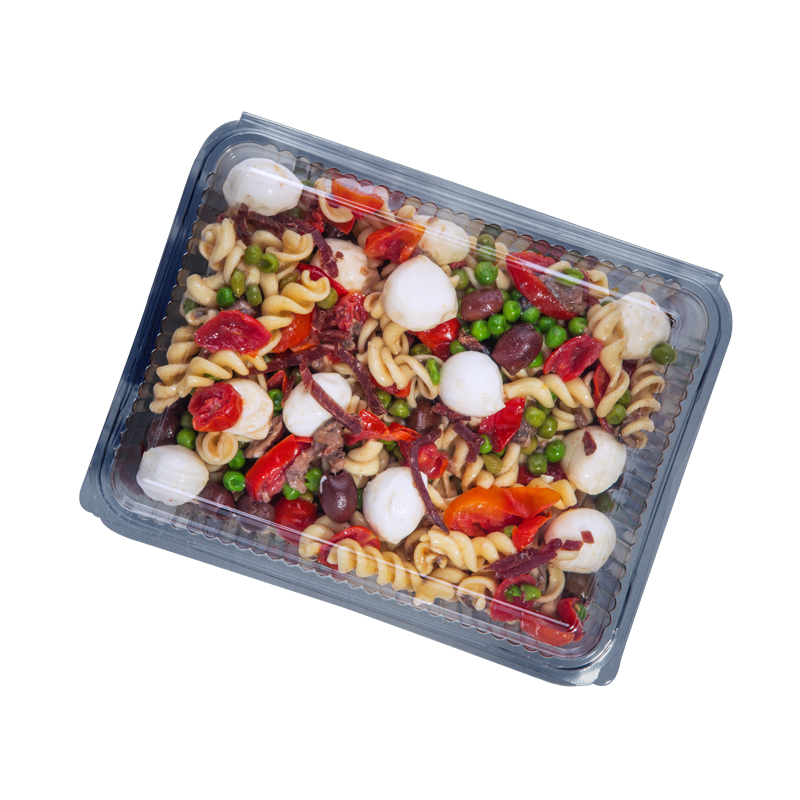

Sustainability
To be considered sustainable, food packaging must meet certain requirements not only from an environmental point of view but also from a social and economic perspective. Scientific studies show that the life cycle of food packaging generally has a minimal environmental impact compared with that of the food it contains. This is a fundamental premise for all sustainability assessments related to packaging.
Food packaging is environmentally, socially, and economically sustainable when it performs the following functions and has the following characteristics:
to the consumer
quality-to-performance/price ratio
environmental impact of the
logistics chain
packaging processes
the food
contains
The sustainability
of our packaging
One of the primary objectives of the companies associated with Pro Food is to produce and distribute packaging that adheres to the principles of sustainability. Massive media campaigns have persistently attacked plastic packaging as being among the main causes of environmental pollution; however, research and data clearly demonstrate the sustainability of plastic packaging. Life Cycle Assessment (LCA) studies comparing different materials often conclude that eliminating plastic packaging would, in fact, be detrimental to the environment.
For Pro Food, LCA research and eco-design are essential tools for continuously improving the environmental profile of its products, through the development of synergies that have, for example, led to the creation of two new recycling streams. These make it possible to close the loop from tray to tray, both in polystyrene (R-PS and R-XPS) and in recycled PET (R-PET).


Pro Food can affirm that its products:
- Extend the shelf life of food, reducing food waste — which in Europe is estimated at over 59 million tonnes, valued at €132 billion. (source: Commissione Europea Food Waste - European Commission).
- Preserve the organoleptic and nutritional properties of food, while ensuring food safety and thus protecting consumer health.
- Enable the distribution of fresh and ultra-fresh foods over long distances, promoting the consumption of healthy products even in areas not suited to their production.
- Are an example of a circular economy, as they use recyclable and recycled plastics; as early as 2020, PET packaging already contained an average of 70% recycled content.
- By applying the concept of eco-design to their products, they optimise resource use — including raw materials — during production, maintaining or improving performance while creating the conditions for efficient end-of-life recycling.
The companies associated with Pro Food share a commitment to improving the environmental performance of their packaging and are actively engaged in making the sector sustainable through continuous innovation. Their commitment to sustainability often leads to results that go beyond legal requirements, such as increased recycled content, recyclability, and resource efficiency.
The decalogue of sustainable food packaging
Per rispettare i criteri di sostenibilità dei propri prodotti Pro Food ha selezionato i dieci principali aspetti valoriali degli imballaggi in plastica ai quali si uniforma la produzione delle aziende del Gruppo.
Protects and preserves food
-
Protects and preserves food
Ensures food safety and product integrity throughout the entire supply chain, providing safe and accessible food. Extending shelf life reduces waste and preserves organoleptic qualities.
Is safe
-
Is safe
The materials used comply with the strict regulations in force on “materials and articles intended to come into contact with food products.”
Is industrially manufacturable
-
Is industrially manufacturable
Produced on an industrial scale, efficiently, economically, and in compliance with rigorous safety procedures and controls (GMP), ensuring that food is manufactured safely, hygienically, and in accordance with quality and food safety standards. The material and design of the packaging enable automated processes of production, packing, and transport.
Is designed for packaging processes
-
Is designed for packaging processes
Suitable for food packaging, even on high-speed automated lines, in line with current technologies. It helps optimise both the production process and the logistics chain, also from an economic perspective.
Respects the environment
-
Respects the environment
It is recyclable, uses the minimum possible amount of virgin raw material and the maximum amount of secondary raw material (SRM). Its environmental impact is significantly lower than that of the food it contains and it contributes to a considerable reduction of food waste throughout the supply chain, as well as of the related environmental impacts.
Informs the consumer
-
Informs the consumer
In addition to enhancing the packaged product, it provides the final consumer with all the necessary information for proper storage and consumption of the food, as well as for the correct disposal of the packaging itself.
Is economical
-
Is economical
It has an acceptable cost for the user — much lower than that of the food it contains — and ensures an optimal balance between cost and functionality.
Reduces the environmental impact linked to logistics
-
Reduces the environmental impact linked to logistics
Designed to maximise logistical efficiency, optimising the number of packages per shipment, thereby reducing the environmental impact along the distribution chain and associated costs.
Is designed for the recycling chain
-
Is designed for the recycling chain
Designed for optimal end-of-life management, it facilitates correct collection and sorting in accordance with international and sector standards. This ensures maximum sortability and subsequent recycling, guaranteeing a high quality of the resulting secondary raw material (SRM).
Is globally sustainable
-
Is globally sustainable
Reduces food waste by protecting food, with an environmental impact lower than that of the food it preserves. It reduces economic losses and environmental impacts associated with waste, informs consumers, and promotes conscious choices. In doing so, it contributes to development and quality of life, fostering recycling and the circular economy.
